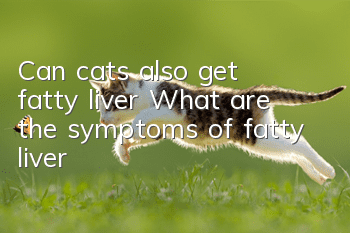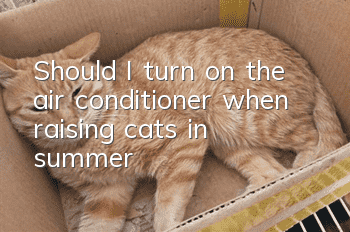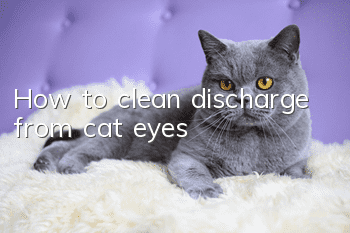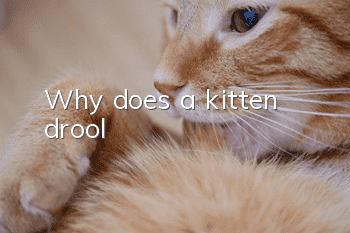Can cats also get fatty liver? What are the symptoms of fatty liver?

Fatty liver in cats may be an unfamiliar word to some people, but for a small number of people, it may be the beginning of a nightmare. Feline fatty liver, also known as fat deposition syndrome, is a liver disease unique to cats.
Fatty liver, at first glance, seems to be a problem caused by eating too much fat and accumulating fat, but it is not just that. Fatty liver is caused by the long-term accumulation of a large amount of fat in the cat's liver, coupled with the sudden lack of opportunity to eat for a long time and insufficient food intake.
The more obese a cat is, the greater the energy it needs to eat. When it cannot replenish enough food energy in time due to some external reasons, the cat will convert a large amount of fat in the liver into energy, which is likely to cause disease.
What kind of cats are prone to fatty liver?
All cats are likely to develop fatty liver disease, but obese cats are more likely to develop fatty liver disease and faster.
Studies have shown that fatty liver is caused by not eating or eating very little for three to seven days. It only takes three days for obese cats to develop fatty liver, while it takes about seven days for slimmer cats.
Of course, this is when you don’t eat or barely eat. If you eat less, it will take about two weeks.
Therefore, if we go out, we must prepare more cat food for the cat in advance; if the cat has a loss of appetite, we must cure it in time, otherwise not eating for too long will give the chance of fatty liver; usually do not feed the cat too fat, if you want to help the cat lose weight, It should be based on the cat's physical characteristics and should be done step by step rather than in a hurry.
What are the symptoms of fatty liver?
1. In the early days, the cat’s appetite will not be as good as before, it will start to be too lazy to lick its fur, and the secretions from its eyes will also increase;
2. In the middle period, the cat will begin to lose weight and even experience symptoms of gastrointestinal discomfort;
3. In the late stage, cats will develop jaundice, the conjunctiva and skin of the eyes will turn yellow, including the mouth. At this time, it is necessary to seek medical treatment in time and actively cooperate with the doctor for treatment. If delayed, the cat's blood coagulation ability may also develop problems, causing life-threatening consequences.
How to treat fatty liver?
Professional doctors will determine whether cats have fatty liver through increased biochemical indicators, such as increased bile acids and cholesterol, B-ultrasound examination of liver tissue, anemia, and urine tests.
CatIf you suffer from fatty liver, you should seek medical treatment as soon as possible. Don’t put it off again and again. If the cat itself is not in good physical condition, there will be nothing you can do to save it.
Of course, fatty liver disease is not a terminal disease, nor is it something that can be easily cured.
Check whether the sick cat’s blood is extremely imbalanced, severely dehydrated or the blood pH is abnormal;
Let the cat eat as much as possible, and you can prepare some appetizing nutritious cans;
Check whether the cat has other related diseases besides fatty liver.
Doing these three things well can greatly increase the possibility of your cat being cured.
Of course, after the fatty liver has been cured, cats still need to be cared for carefully to avoid wasting all their efforts.
- What should I do if a cat runs away when it sees its owner approaching?
- There are black particles on the cat
- What causes a cat’s black chin? The real cause of a cat’s black chin!
- What should I pay attention to when fostering cats?
- How to prevent rickets in cats with folded ears?
- How many months does it take for a kitten to get teeth?
- Why does a cat have a black chin?
- Will cats living in different areas have communication difficulties?
- Do you know the common sense about cat milk powder?
- The use and precautions of Fulien Cat Drops are a must-read for pet owners!



